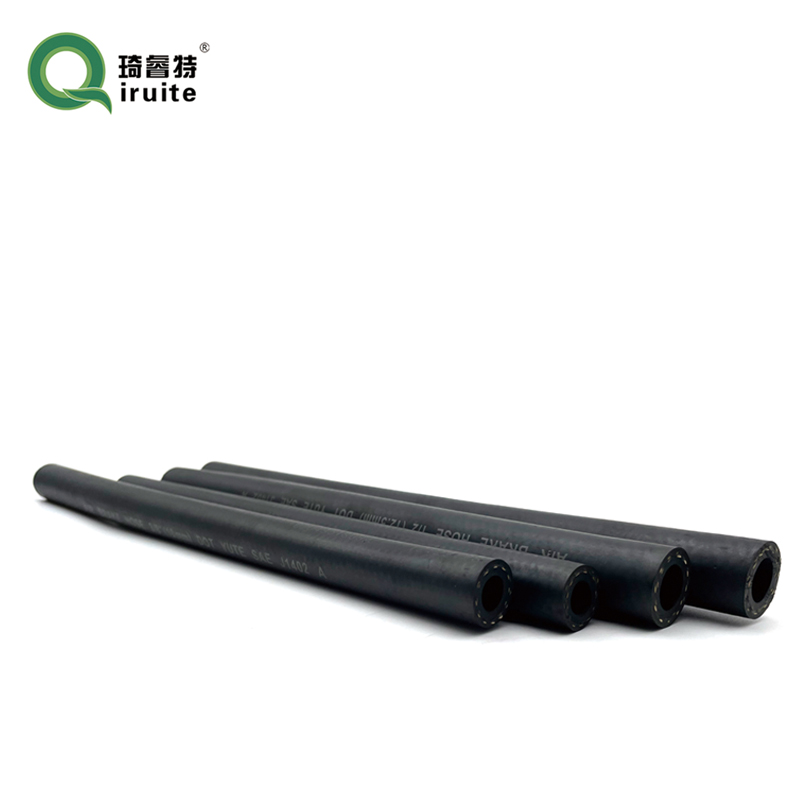low pressure power steering hose replacement
Low Pressure Power Steering Hose Replacement A Comprehensive Guide
Power steering systems are critical components in modern vehicles, allowing for smoother handling and reduced effort when steering. One essential part of this system is the low-pressure power steering hose, which connects the power steering pump to the steering gear or rack. Over time, these hoses can become damaged, leading to leaks and steering difficulties. Replacing a low-pressure power steering hose is a manageable task for those with basic mechanical skills. In this article, we'll walk you through the steps involved in replacing this important component.
Understanding the Low-Pressure Power Steering Hose
The low-pressure power steering hose is typically made from rubber or reinforced synthetic materials designed to withstand the pressures of hydraulic fluid. Unlike high-pressure hoses, which carry fluid from the pump to the steering system under significant pressure, low-pressure hoses transport fluid back to the reservoir. Though they are under less stress, they can still wear over time due to factors like heat, friction, and exposure to road debris. Symptoms of a failing hose include fluid leaks, visible cracks, or a noticeable drop in power steering performance.
Tools and Materials Needed
Before starting the replacement, gather the following tools and materials
1. Replacement Hose Make sure to get the correct part for your vehicle make and model. 2. Wrenches A set of open-end or socket wrenches will be necessary for disconnecting the old hose. 3. Rags To clean up any spilled fluid and to protect your workspace. 4. Power Steering Fluid You may need to replenish the fluid after the hose replacement. 5. Drain Pan To catch any fluid that may spill during the removal process. 6. Safety Gear Gloves and goggles to protect yourself while working.
Step-by-Step Replacement Process
1. Prepare Your Vehicle Start by parking your vehicle on a level surface and engaging the parking brake. Disconnect the negative battery terminal to prevent any electrical issues.
low pressure power steering hose replacement

2. Locate the Hose Open the hood and locate the low-pressure power steering hose. It will typically be larger in diameter compared to the high-pressure hose and is connected to the power steering pump and the steering gear.
3. Drain Fluid Place a drain pan beneath the hose connection points. Loosen the hose clamps or fittings using the appropriate wrenches and allow the power steering fluid to drain into the pan.
4. Remove the Old Hose Carefully detach the old hose from both ends. Be cautious to avoid damaging surrounding components.
5. Install the New Hose Take your new low-pressure power steering hose and connect it to the same points from which you removed the old hose. Ensure that the connections are tight, but do not over-tighten, as this can lead to damage.
6. Replenish Power Steering Fluid Once the new hose is in place, refill the power steering fluid reservoir to the proper level with fresh fluid.
7. Test the System Reconnect the battery terminal and start the vehicle. Turn the steering wheel from lock to lock a few times to circulate the fluid and remove any air from the system. Check for any leaks around the new hose.
8. Clean Up Dispose of any spilled fluid properly and clean your tools. Ensure the work area is neat before finishing the task.
Conclusion
Replacing a low-pressure power steering hose is a straightforward process that can save you both time and money compared to visiting a mechanic. By following the steps outlined in this guide, you can regain the reliability of your vehicle’s steering system and ensure a safer driving experience. Always remember to consult your vehicle's manual for specific instructions tailored to your car model, and when in doubt, seek professional assistance.
-
Ultimate Spiral Protection for Hoses & CablesNewsJun.26,2025
-
The Ultimate Quick-Connect Solutions for Every NeedNewsJun.26,2025
-
SAE J1401 Brake Hose: Reliable Choice for Safe BrakingNewsJun.26,2025
-
Reliable J2064 A/C Hoses for Real-World Cooling NeedsNewsJun.26,2025
-
Heavy-Duty Sewer Jetting Hoses Built to LastNewsJun.26,2025
-
Fix Power Steering Tube Leaks Fast – Durable & Affordable SolutionNewsJun.26,2025

